Nisu Bread is a Finnish sweet bread. It is made with milk and sugar and flavored with cardamom. The dough is braided into loaves. Once it is baked it is drizzled with a powdered sugar glaze.
In Finland Nisu bread is more commonly known as Pulla bread. This sweet cardamom Finnish coffee bread is served there with coffee or tea.
This is a family recipe that I have been eating and now baking for Easter my entire life. While we are not of Finnish descent, my Mom grew up in Rockport Massachusetts and there is a large Finnish community in that area. Nisu bread is commonly found there and she incorporated this amazing sweet bread recipe into our lives.
Nisu Bread takes a bit of time and patience to make but it is well worth the effort. Just make sure that you let the yeast rise fully at each step of the process.
If you want to add colored eggs to the braided loaf, it makes a pretty presentation for Easter. I would suggest that you make these Natural Dye Easter Eggs if you are planning on adding them to the bread.
Nisu Bread would be great toasted with some butter and Plum Freezer Jam.
If you would like to try some other recipes for Easter check out 20 Fun Easter Breakfast Ideas.
SOME THINGS TO KNOW:FAQ’S
INGREDIENT TIPS:
- European-style butter, which has a higher fat content, can enhance the richness of your bread. Read The Real Difference Between European and American Butter.
- Make sure your yeast is fresh for the best rise. Always check the expiration date before using it.
SPECIAL EQUIPMENT NEEDED:
- Large Mixing Bowl: For mixing the dough ingredients. Glass or metal bowls are preferred by some bakers for their durability and ease of cleaning.
- Measuring Cups and Spoons: For accurately measuring your ingredients. Precision is key in baking for consistent results.
- Dough Whisk or Wooden Spoon: For combining the ingredients before kneading. A dough whisk is specially designed to mix heavy bread doughs, but a sturdy wooden spoon also works well.
- Stand Mixer with a Dough Hook Attachment (optional): Kneading the dough by hand is traditional, but a stand mixer can save time and effort, especially for a rich, sticky dough like that used in Nisu bread.
- Plastic Wrap and a Clean Kitchen Towel: For covering the dough during its rising times. The plastic wrap keeps the moisture in, and the towel insulates the dough slightly.
- Baking Sheets: Rectangular baking sheets for shaping the dough into braids.
- Pastry Brush: For brushing the egg wash evenly over the dough before baking, giving the bread a beautiful, shiny finish.
- Wire Rack: For cooling the bread after baking to prevent the bottom from becoming soggy.
SUBSTITUTIONS:
- You can use bread flour in this recipe instead of all purpose flour. It is a 1.1 swap. If you want to read about The Difference Between Flours check this out.
- Cardamom is a pod spice in the ginger family. This recipe calls for ground cardamom which is sometimes hard to find in your local grocery stores. It can be found online at Target and Amazon but if you don’t want to purchase it, the best substitutes are cinnamon, ginger, allspice and nutmeg. You could also buy cardamom seeds and grind your own.
- If you do not have whole milk, you can use oat milk, almond milk or half and half.
- Powdered Sugar is granulated sugar that has been pulverized into a light powder. It may also have a bit of cornstarch added. This recipe calls for powdered sugar in the glaze. Depending on where you live or what brand you buy, it can also be labeled as confectioners’ sugar, icing sugar and 10X. They are all the same. You can use any one of them.
HOW TO STORE NISU BREAD:
- Nisu Bread is best eaten on the day it is made. It will keep for a day wrapped in plastic or in an airtight container at room temperature but not much longer unless you plan to toast it.
- Nisu bread can be frozen for 2-3 months. Make sure the bread is completely cool to prevent ice crystals from forming in the freezer. Wrap the bread or slices tightly in plastic wrap. Then, wrap again with aluminum foil or place it in a freezer bag.
- Defrost the Nisu bread on a wire rack at room temperature.
Pour the milk into a large saucepan. Over medium heat, bring the milk just to the boiling point but do not let it boil. Turn off the heat and add the butter to the warm milk. Stir occasionally until the butter is completely melted.
Add the sugar to the butter mixture and stir it in well. Set the pan aside and let the mixture cool to room temperature.
In a 2 cup measuring cup or bowl, add the ¼ cup warm water. Sprinkle the yeast over the water then add the 1 tablespoon of sugar. Stir to combine. Let the yeast mixture rise until it is triple in size.
Beat the two eggs. Add the beaten eggs to the cooled room temperature milk mixture.
Pour the milk mixture into a large bowl or into the bowl of stand mixer. Add the yeast mixture and the cardamom to the bowl.
Start adding the first 5 cups of flour slowly to the bowl, stirring into the wet ingredients. You are trying to achieve a pliable, soft dough that is no longer sticky.
Add the additional flour, ½ cup at a time, up to 7 cups if needed, mixing well after each addition. You may not need to use all of the remaining flour.
Add the dough to a large oiled bowl. Cover the bowl with plastic wrap and a tea towel and put it in a warm place.
Let the dough rise for 1½ to 2 hours the first time until it has doubled in size.
Remove the dough from the bowl and punch dough down so it deflates.
Place the dough onto a large board with a lightly floured surface. Cut the dough in half in equal parts.
Cut each half into 3 equal pieces.
Rubbing the pieces of the Nisu bread dough between the palms of your hands, create 3 long ropes of equal length and width. Do not be concerned if they are not completely smooth.
Take 3 of the ropes and braid them together to create a loaf. Repeat this process for the second loaf. You can braid it right on the baking sheet if it easier for you. Place each of the the loaves onto a separate greased baking sheet and put them in a warm place, lightly covered with plastic wrap for the second rise.
Combine the large beaten egg and milk to create the egg wash.
Preheat the oven to 350 degrees. Place your oven rack in the center of the oven. Lightly brush the tops of the loaves with the beaten egg wash mixture.
Bake the Nisu bread for about 30 minutes until golden brown. The bread should sound hollow when tapped. Remove the breads to a wire rack and cool.
Combine the confectionary sugar, milk and vanilla in a small bowl to create the glaze.
With a teaspoon, drizzle the glaze over the Nisu bread moving your hand in a back and forth motion.
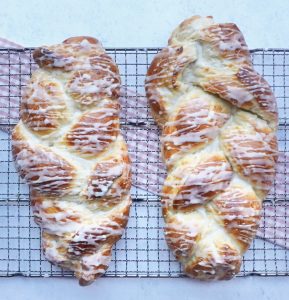
Nisu bread
Print ThisIngredients
- BREAD:
- 2 cups whole milk
- ½ cup butter
- 1 cup sugar
- 2 teaspoons ground cardamom
- 2 packages active dry yeast
- ¼ cup warm water
- 1 tablespoon granulated sugar
- 2 large eggs
- 5-7 cups all purpose flour
- 1 large egg, beaten with 1 tablespoon milk
- Hardboiled, colored eggs, optional
- EGG WASH:
- 1 large egg, beaten
- 1 tablespoon milk
- ICING:
- 1 cup powdered sugar
- 1 tablespoon milk
- 1 teaspoon vanilla extract
Instructions
NISU BREAD:
Pour the milk into a large saucepan.
Over medium heat, bring the milk just to the boiling point but do not let it boil. Turn off the heat and add the butter to the warm milk. Stir occasionally until the butter is completely melted.
Add the sugar to the butter mixture and stir it in well. Set the pan aside and let the mixture cool to room temperature.
In a 2 cup measuring cup or bowl, add the ¼ cup warm water. Sprinkle the yeast over the water then add the 1 tablespoon of sugar. Stir to combine. Let the yeast mixture rise until it is triple in size.
Beat the two eggs.
Add the beaten eggs to the cooled room temperature milk mixture. Pour the milk mixture into a large bowl or into the bowl of stand mixer.
Add the yeast mixture and the cardamom to the bowl.
Start adding the first 5 cups of flour slowly to the bowl, stirring the flour into the wet ingredients. You are trying to achieve a pliable, soft dough that is no longer sticky. Add the additional flour, ½ cup at a time, possibly but not certainly up to 7 cups. Mix well after each addition until this is achieved. You may not need all of the remaining flour.
If you have a Kitchen Aid mixer, use the paddle attachment to mix the first 5 cups of flour into the wet ingredients. Remove the paddle and replace it with the dough hook. Adding ½ cup flour at a time, turn the mixer on and knead after each ½ cup flour addition until your dough is no longer sticky. Keep the speed low.
If you do not have a Kitchen Aid mixer, move the dough to a floured board with a lightly floured work surface and knead the dough with the palms of your hands for several minutes until it is pliant.
Add the dough to a large oiled bowl. Cover the bowl with plastic wrap and a tea towel and place it in a warm place. Let the dough rise for 1½ to 2 hours the first time until it has doubled in size.
Remove the dough from the bowl and punch dough down so it deflates.
Place dough onto a large board with a lightly floured surface.
Cut the Nisu bread dough in half. Cut each half into 3 equal pieces. Rubbing the pieces of dough between the palms of your hands, create 3 long ropes of equal length and width.
Take 3 of the ropes and braid them together to create a loaf. This is a similar process as How to Braid a 3 Strand Challah Bread. If you have never braided a bread before, you should reference this.
Repeat this process for the second loaf. If you are adding colored eggs, tuck them into the braids.
Place each of the the loaves onto a greased baking sheet and put them in a warm place, lightly covered with plastic wrap for the second rise. Let the braided dough rise until the loaves have doubled in size, for 1½ to 2 hours.
Preheat the oven to 350 degrees. Place your oven rack in the center of the oven.
Combine the large beaten egg and milk to create the egg wash. Lightly brush the tops of the loaves with the beaten egg wash mixture.
Bake the Nisu bread for about 30 minutes until golden brown. The bread should sound hollow when tapped.
Remove the breads to wire racks and cool.
ICING:
Combine the confectionary sugar, milk and vanilla in a small bowl. You want to have a fairly thick but pourable glaze that can be easily drizzled over the Nisu bread. If you need to thin the glaze out a bit, add more milk, one teaspoon at a time.
With a teaspoon, drizzle the glaze over the top of the breads.
Serve the Nisu Bread with softened butter.

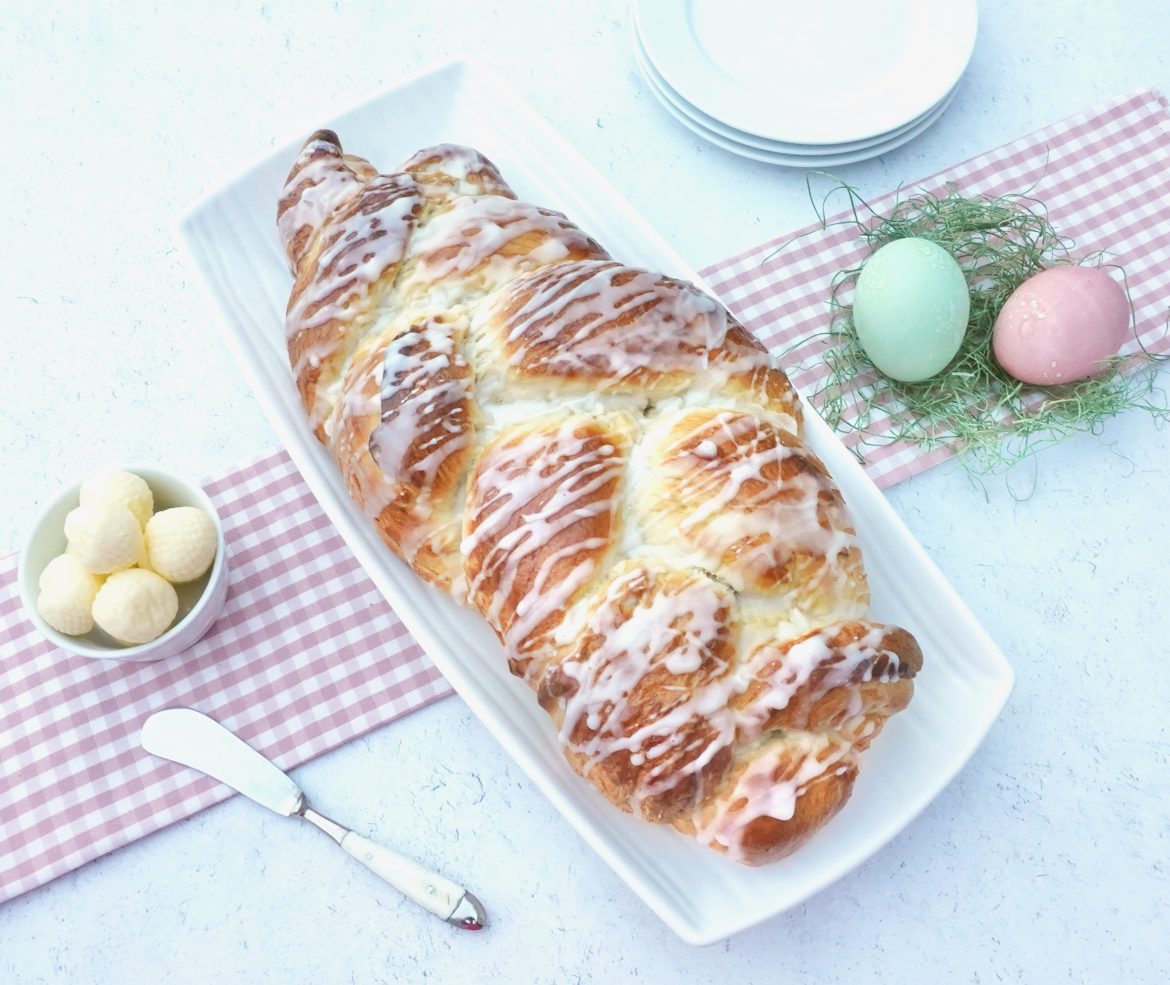

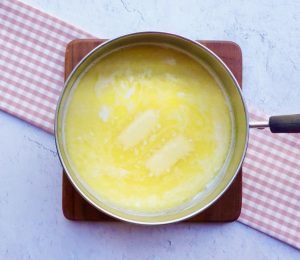
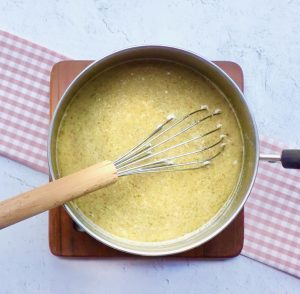
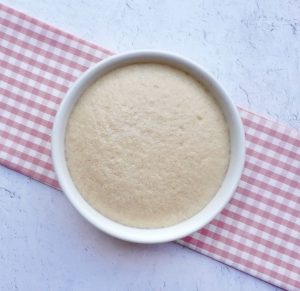
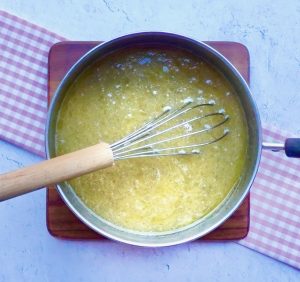
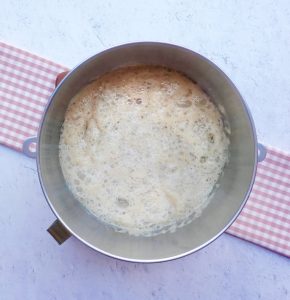
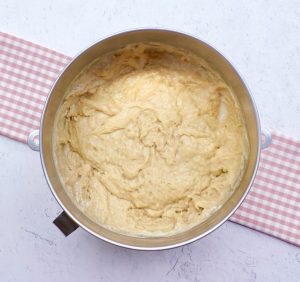

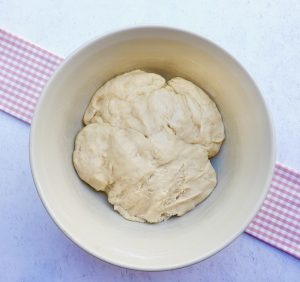
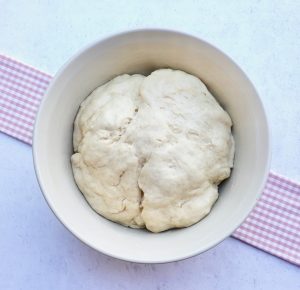
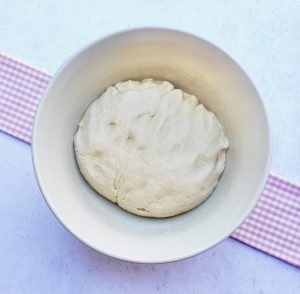
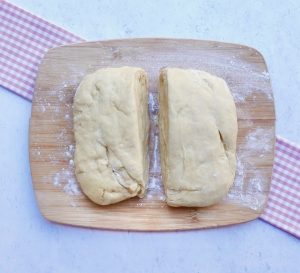
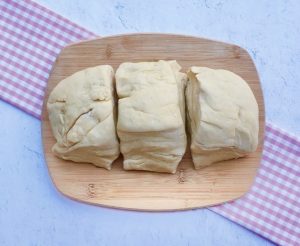
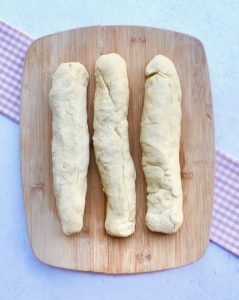
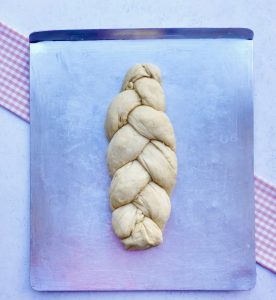
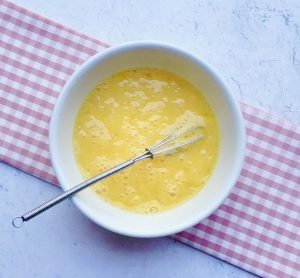
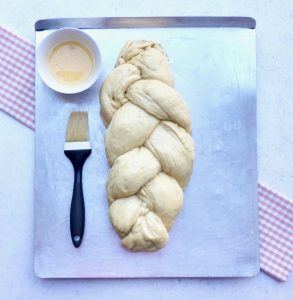





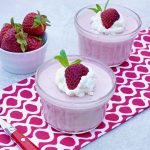
8 comments
This looks amazing!!
I love the colored Easter Eggs
Thank you
I’m so happy I found your recipe! I’m from Gloucester originally, born in the 60s, and we always ate Nisu that my grandmother made (we weren’t Finnish, we just loved it). When my grandmother passed away, her recipe went with her, sadly. I’ll be making this to celebrate the new year/decade. Happy New Year!
Hi Liz! Happy New Year! My Mom was born in Gloucester too and this is her recipe! I have read that there were a lot of Finnish settlers in the area. We are not Finnish either. I make this every Easter. Hope you like it! Sue
My Mom was 100% Finnish. She made Nissua, aka Nisu, or Cardamom bread often. It’s time for me to make this recipe!
You should try it! There was a small Finnish enclave between Rockport Massachusetts and Gloucester Massachusetts and my Mom grew up there. This is her recipe that she got from that community.It is such a delicious bread.
I’ve now made this recipe 4 times and it is amazing.
I also put a pan of water on the bottom rack when yhe oven is void and keep it in through cooking. I find it makes it very soft and moist.
Hi Bonnie
I am so glad you like it. It is an old family recipe. Thanks for the tip about the pan of water. I will try that the next time I bake it.